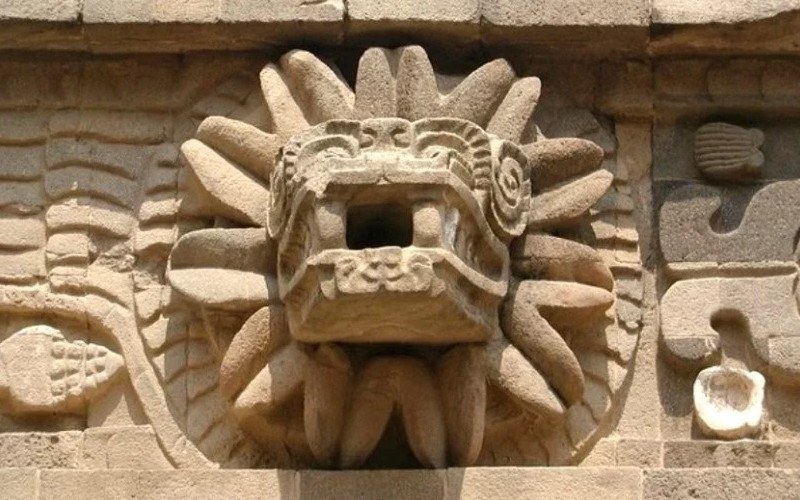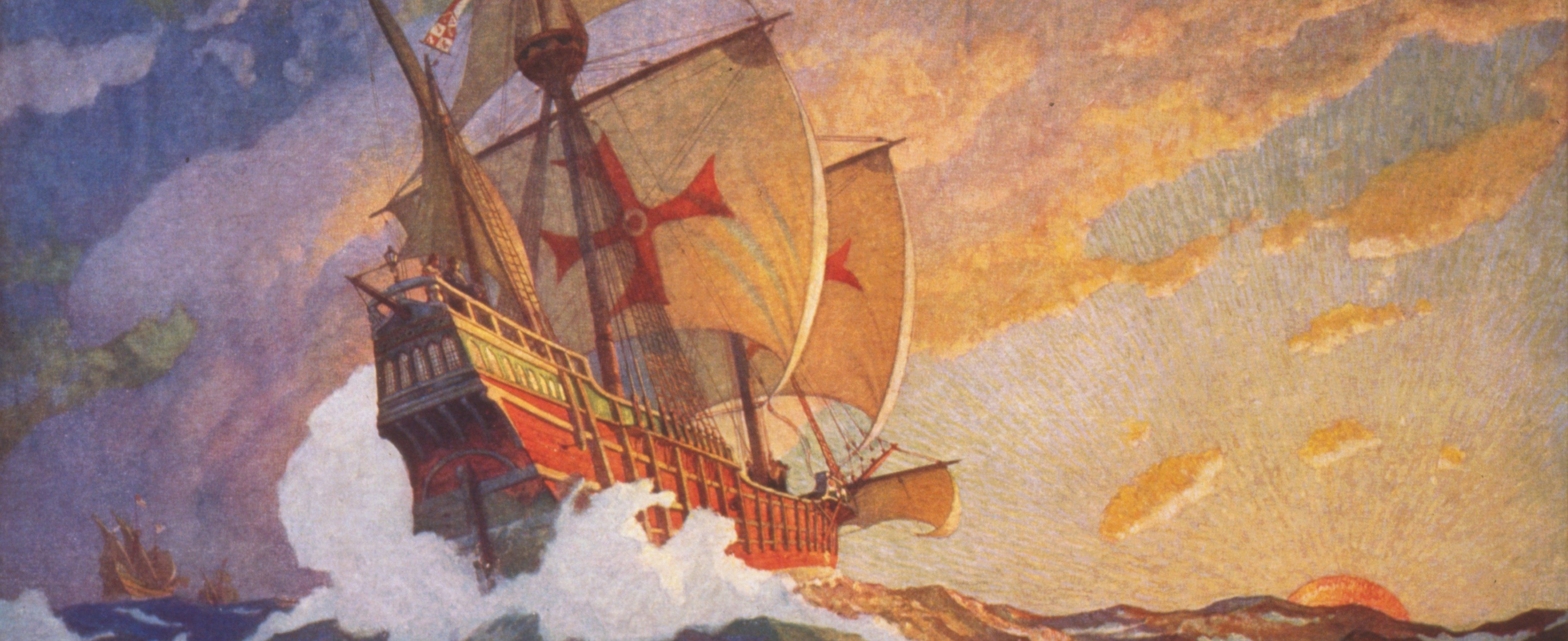
Colonization of America
Although Christopher Columbus is considered to have discovered America, the Vikings were the first Europeans to arrive on the north-east coast of North America. Thus, beginning from the Dark Ages, many European peoples began to navigate the seas and oceans in order to discover new lands and new riches. These people were: Spanish, Portuguese, French, Italians, Norwegians, Dutch, and English.
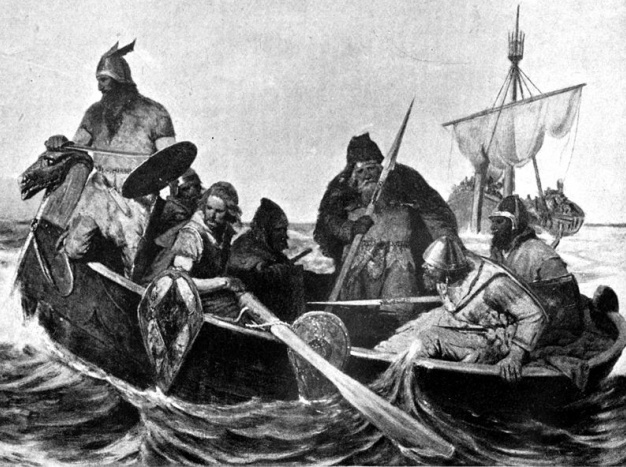
1 of 6
The Vikings were the first great European navigators to explore the Atlantic Ocean. They founded colonies in Iceland. Later, they sailed west, discovering Greenland and the territory now called Newfoundland. They also founded a colony there, called Vinland, but conflicts with the native Americans led them to abandon the colony.

2 of 6
Under the rule of one of the king’s heirs at that time, Henry - also called the Sailor - the Portuguese began what came to be called The Era of Discovery. Motivated by greed, they began to explore the West Coast of Africa. The explorer Bartolomeu Dias was the first European to pass through the Cape of Good Hope. He demonstrated that the Atlantic and Indian Ocean are connected.
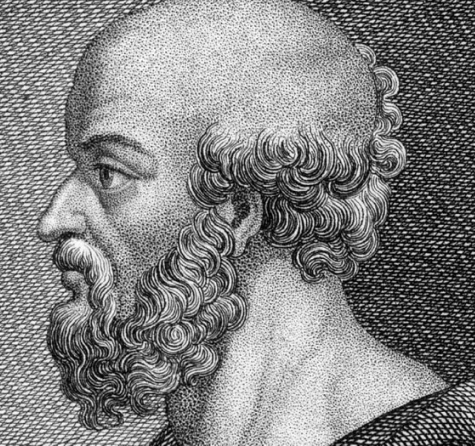
3 of 6
Exploring the world by voyaging on the seas raised great problems, starting with the contradiction about the shape of the planet. Even before this time, there were opinions that the Earth was spherical. Eratostene from Cirene calculated, with relative precision, the circumference of the earth in the third century AD. Even so, the theory stating the the earth was flat strongly influenced the reticence of sailors to venture into the Atlantic.
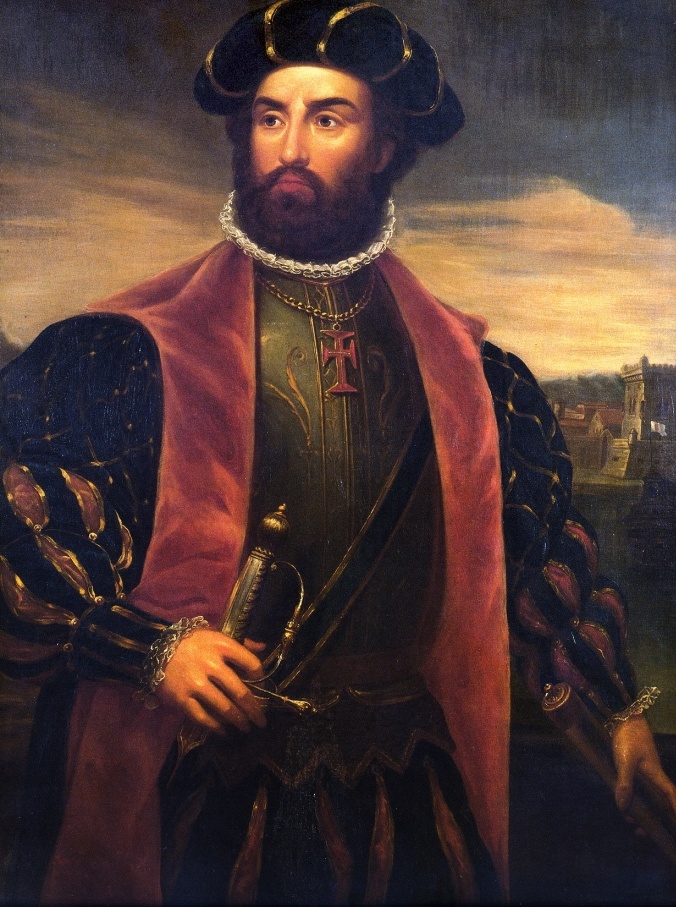
4 of 6
Vasco da Gama was the Portuguese explorer who, following the route of Bartolomeu Dias, took his fellow countrymen to India. The spices of Asia, gold, silver, textiles but also slaves, were goods which kept the Portuguese sailing the seas. Thus, they discovered more and more territories.
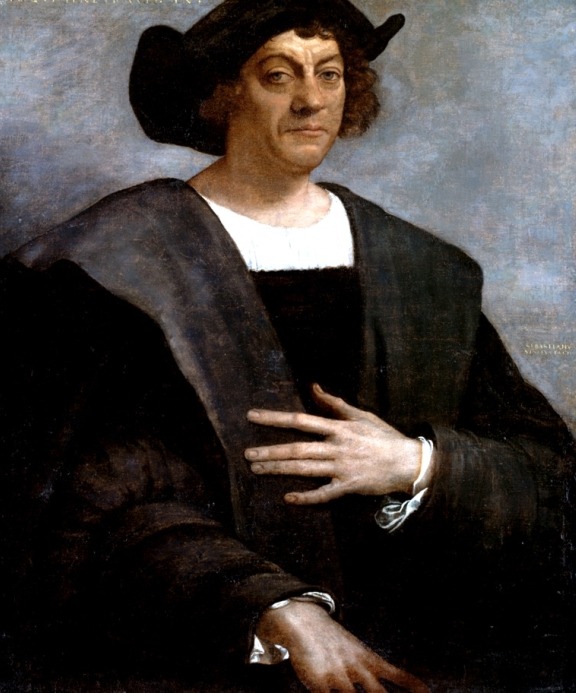
5 of 6
Christopher Columbus was the first European who proposed a journey across the Atlantic to arrive at the riches of Asia. A large part of the experts of those days admitted the possibility of sailing to Asia across the Atlantic. They agreed with the theory of the earth being spherical, but they considered such a journey to be impossible, since the sailors would be left without food and water long before arriving in Asia. Columbus persevered, being helped by an error in calculation. The diameter of the earth was calculated to be much smaller than it really is, so the distance to Asia was estimated as being much shorter. This strengthened his decision to go west.
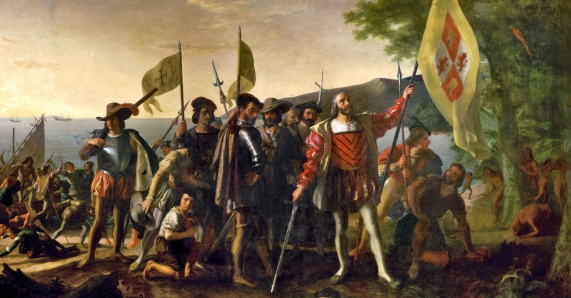
6 of 6
Right from the start, Columbus met much opposition to his plan to sail to Asia, that is to the Indies which were rich in spices. His plans were rejected in Portugal and initially in Spain too. The historic context eventually contributed to his success. The kings of Spain, Fernando of Aragon and Isabella of Castilia, were impressed by the discoveries of the Portuguese explorers and the riches they brought from across the seas. They were also motivated by the spread of Catholicism in the world. Because of this, they gave Christopher Columbus the financial and material support necessary for the trans-Atlantic journey.
On the evening of the 3rd of August 1492, Christopher Columbus set off on his first trans-Atlantic voyage. This would be the first of four voyages made by the explorer. At the end of these, the Spanish crown had become the main colonial power in America. At the same time, the so-called columbian exchange began. This was a process in which people, plants, animals, but also ideologies and religious beliefs were transferred from the Old World to the New and vice-versa.
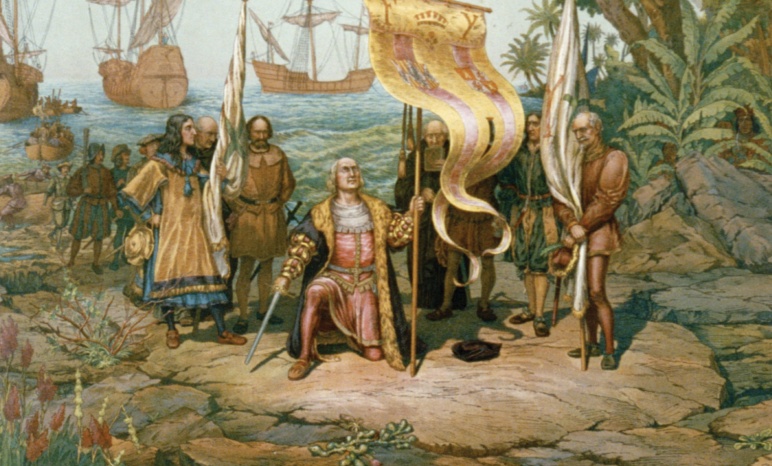
1 of 7
The first voyage of Christopher Columbus’ fleet, made up of three ships: Santa Maria, Pinta and Nina, was the hardest. The Spanish sailors were terrified of being left without provisions and water. Even so, five weeks after they left, land was sighted by one of the lookouts of the ships. Although he believed he had arrived in Asia, Columbus had discovered the Bahamas.

2 of 7
The second journey took place one year later. This time, due to the the success reported from the first journey, the kings of Spain gave Columbus the command of a fleet of 17 ships with enough people and provisions to establish permanent colonies in the New World. Following a more southerly course than in his first voyage, Columbus discovered the Antilles islands, the Virgin Islands, and the island of Puerto Rico. He continued to Hispaniola and Cuba. In this second voyage, Jamaica was discovered.
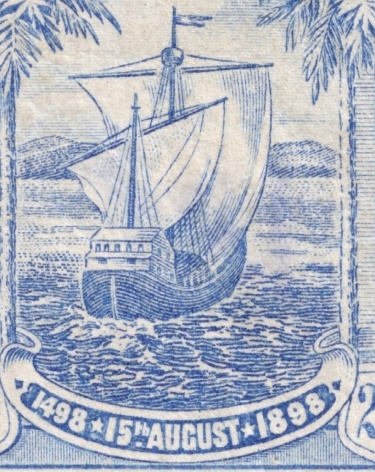
3 of 7
On his third transAtlantic voyage, Christopher Columbus reached the South American continent for the first time, on the Paria peninsula in Venezuela. At that time, he was firmly convinced that the newly-discovered land was part of Asia. On this expedition, Columbus also discovered the islands of Trinidad, Tobago, Grenada and Margarita.
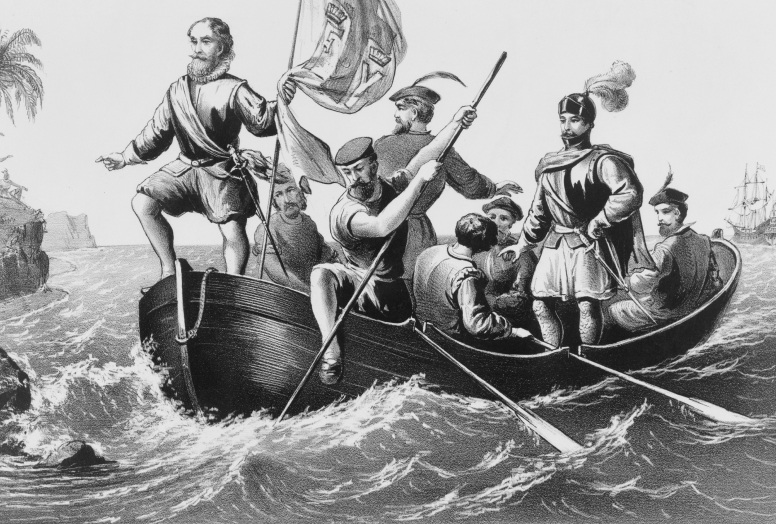
4 of 7
Columbus’ heritage was a controversial one. On the one hand, he was seen as a great explorer. On the other hand however, many historians credit him with countless atrocities committed against the native population of the islands discovered in the Caribbean Sea. There is ample proof confirming brutal treatment of natives by Columbus’ men. It can also be proven that the local population was exploited in order to obtain gold, sugar and other precious resources for Europe.
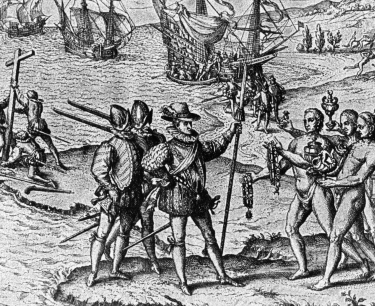
5 of 7
Getting over this psychological difficulty, Columbus’ fleet continued their journey. They arrived on the shores of Cuba and Hispaniola. The Spanish called the natives they met “Indians”, because they were convinced they had arrived in India. Initially, the inhabitants of the islands were impressed by the Europeans and their weapons. However, they quickly discovered that their intentions were not entirely peaceful.
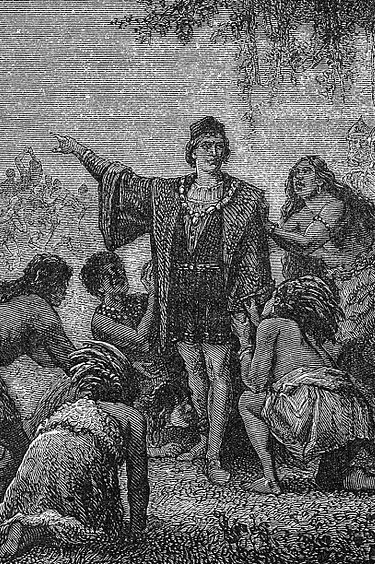
6 of 7
The fourth and last expedition of Christopher Columbus had the goal of discovering the so-called Malacca strait. It was believed that this strait linked the Atlantic Ocean and the Indian Ocean. The Spanish fleet first arrived in the already-discovered archipelagos. Then they went west, trying to reach the Central American coast. In Panama, Columbus found out about a strait leading to another ocean, however due to several problems with his ships, he was forced to turn back. A powerful storm wrecked the fleet off Jamaica. They had to stay on the island for a year before being able to return to Spain.
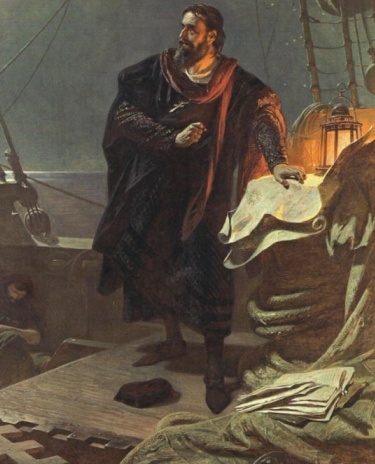
7 of 7
Columbus’ expeditions profoundly influenced the period in which he lived, and the future of the entire world. The technological advantages of the European colonists over the native population allowed them to spread with ease and speed over the new lands. The establishment of colonies, and later colonial empires, decisively influenced both European history and that of the New World. This influence was felt through profound cultural, social and economic changes.
- Jacob Abbot, Hernando Cortez and his conquest of Mexico, Ed. A.L. Burt Company Publishers, New York, 1800
- Philip F. Alexander, The Discovery of America, Cambridge University Press, 1917
- Washington Irving, The Dicovery and Conquest of the New Worl, Ed. W.H. Ferguson Company Publishers, Cincinnati, 1892
- Mara L. Pratt, Francisco Pizzaro and the conquest of Peru, Ed. Educational Publishing Company, Boston, 1891
- Charles Morris, Heroes of Discovery, Ed. J.B. Lippincott Company , Philadelphia and London, 1906
- Helen Ainslie Smith, The thirteen colonies, Ed. G.P. Putnamțs Sons, New Hampshire, 1901






